Originally posted by P5ylance
View Post
Honda makes good parts and 20 years ago their tolerances were far better than most manufacturers. Thus, if the cylinders, rings, and bearings are in good shape, you can run at the F22 redline of 6200 rpm all day if you want. In fact, the H23 uses the same rods as the F22 with bigger pistons and its redline is 6500.
The only reason to go to forged pistons is if you are going the turbo route or if you want to run significantly higher rpm. If you never want to run above 6500 rpm (and you would have to reprogram the transmission controller to do this with an automatic anyway) and you don't boost, the stock internals are fine. Plus the piston to cylinder wall clearance for the OEM pistons is a little more forgiving than for forged pistons, because the forged pistons expand more as they heat up.
My problem is that I love high rpm and I'd like to occasionally blast to 7500 rpm. Forged pistons and H-rods are essential to handle this kind of abuse. They would also provide much higher compression ratio (11.0:1, compared to maybe 9.3:1 with milling the head), which would be another 5-10 hp boost. But, as I can't find anyone who stocks 85mm forged pistons for the F22 and I can't wait 2 months to have them made and the block rebored, I'm just going to have to have my tuner put in fuel cut at 7100 rpm and forgo the higher compression ratio.

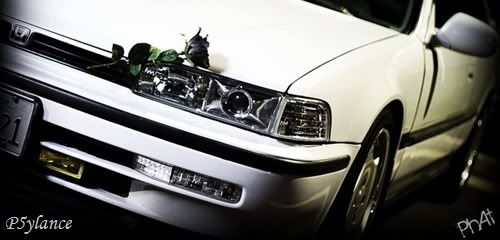


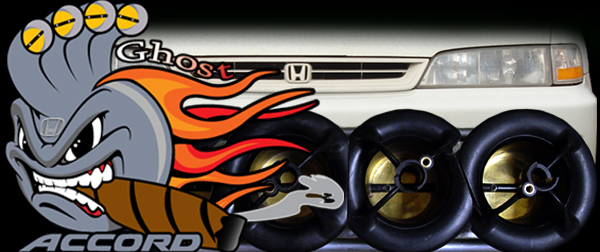
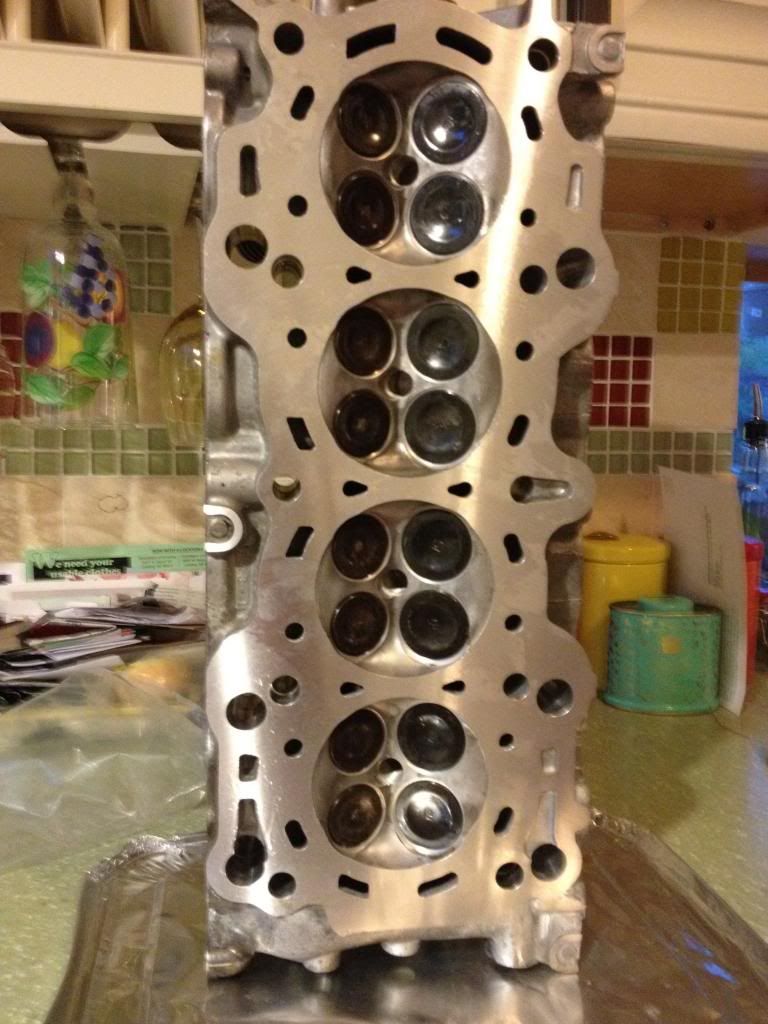

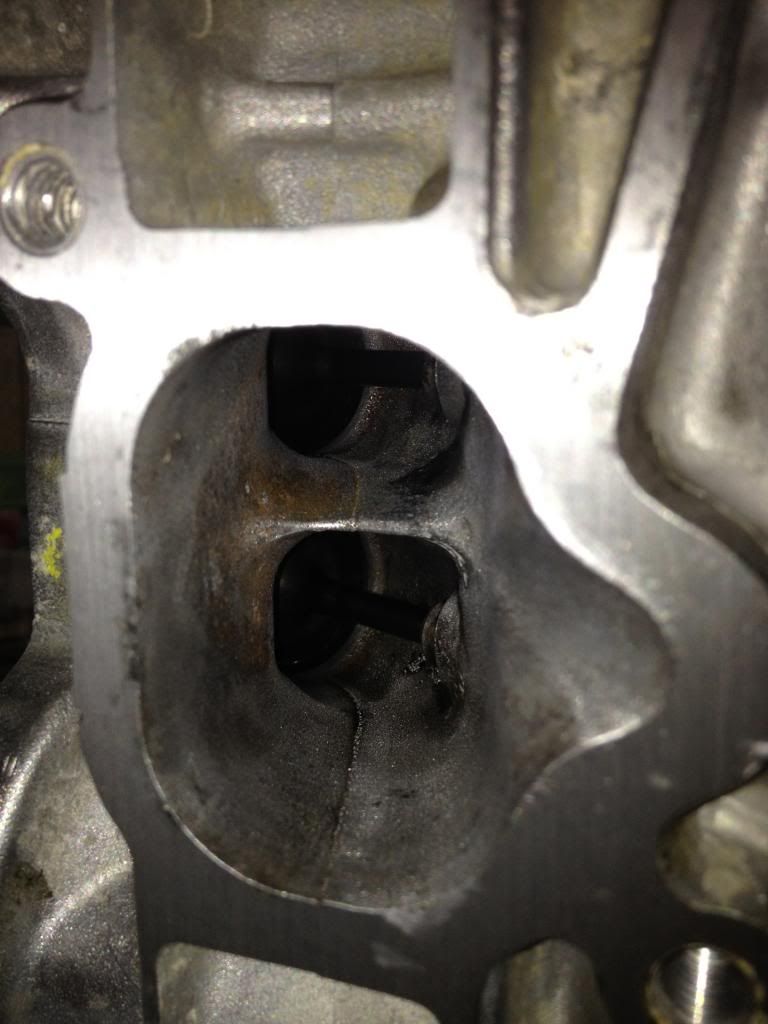
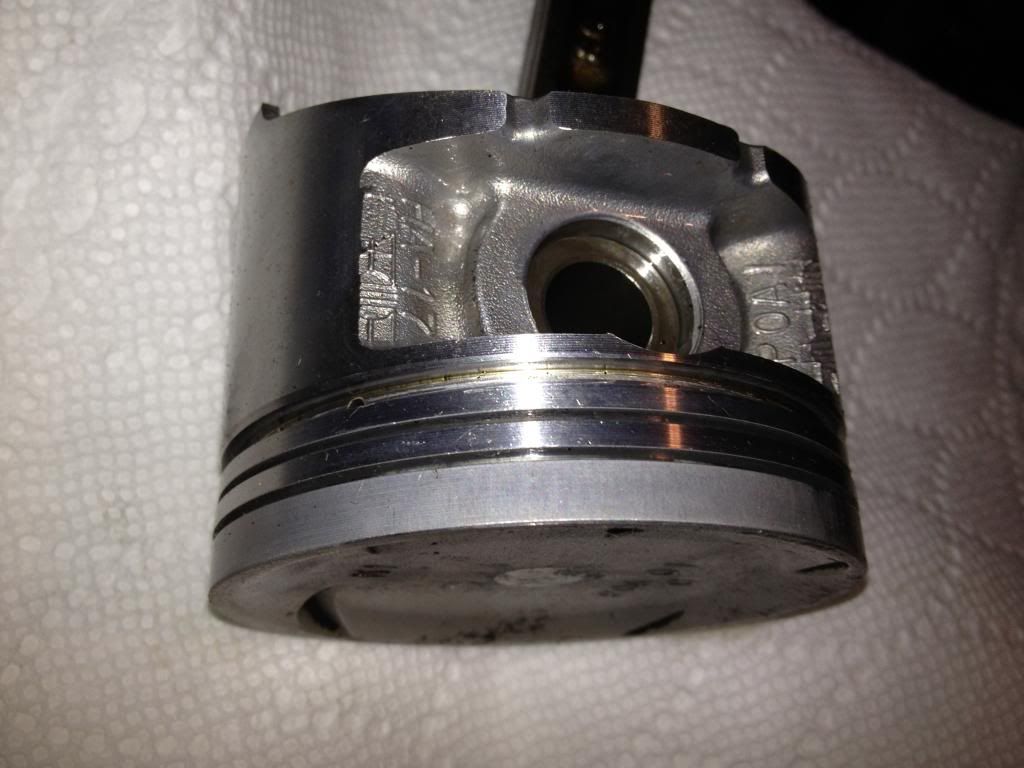


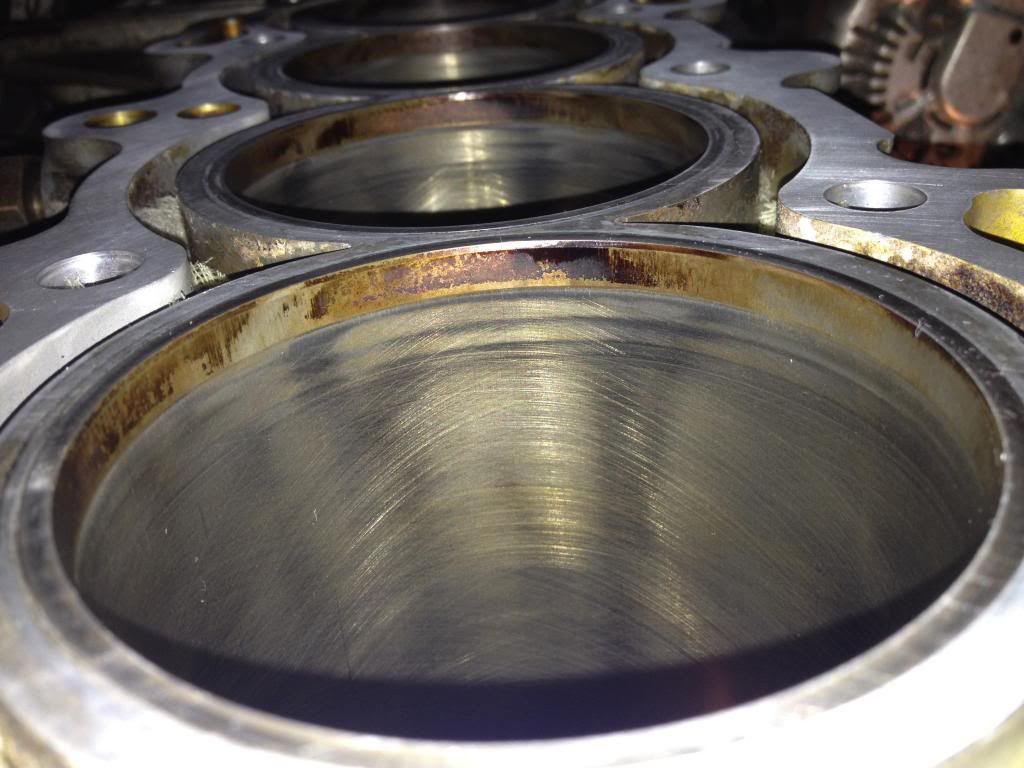

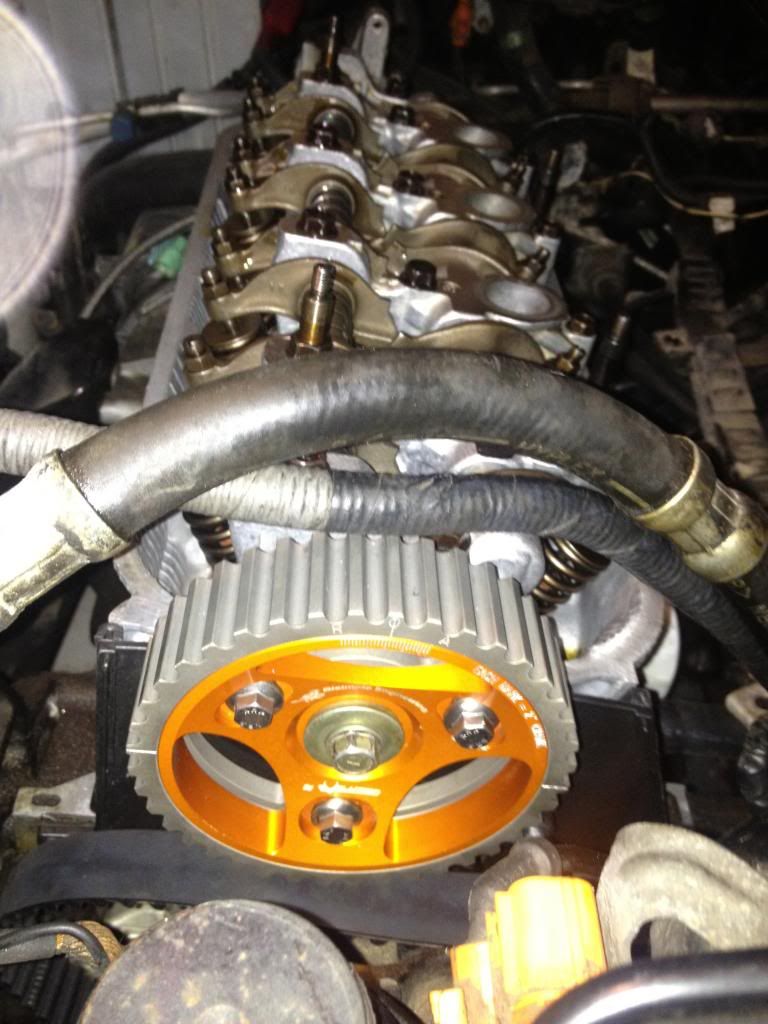
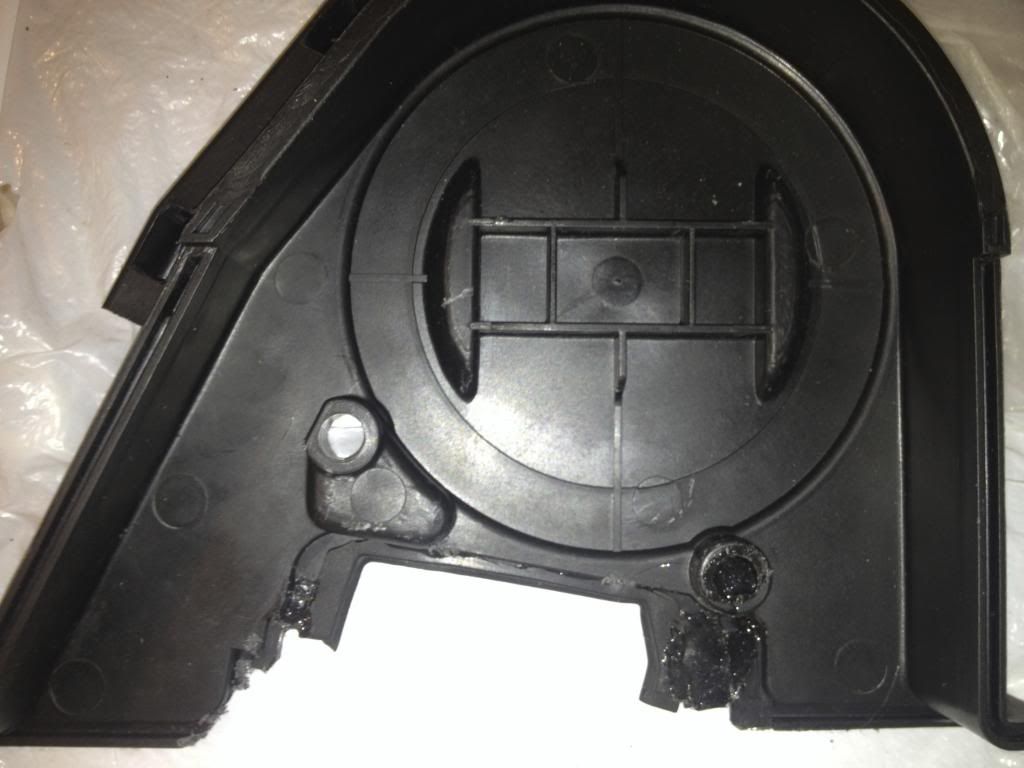
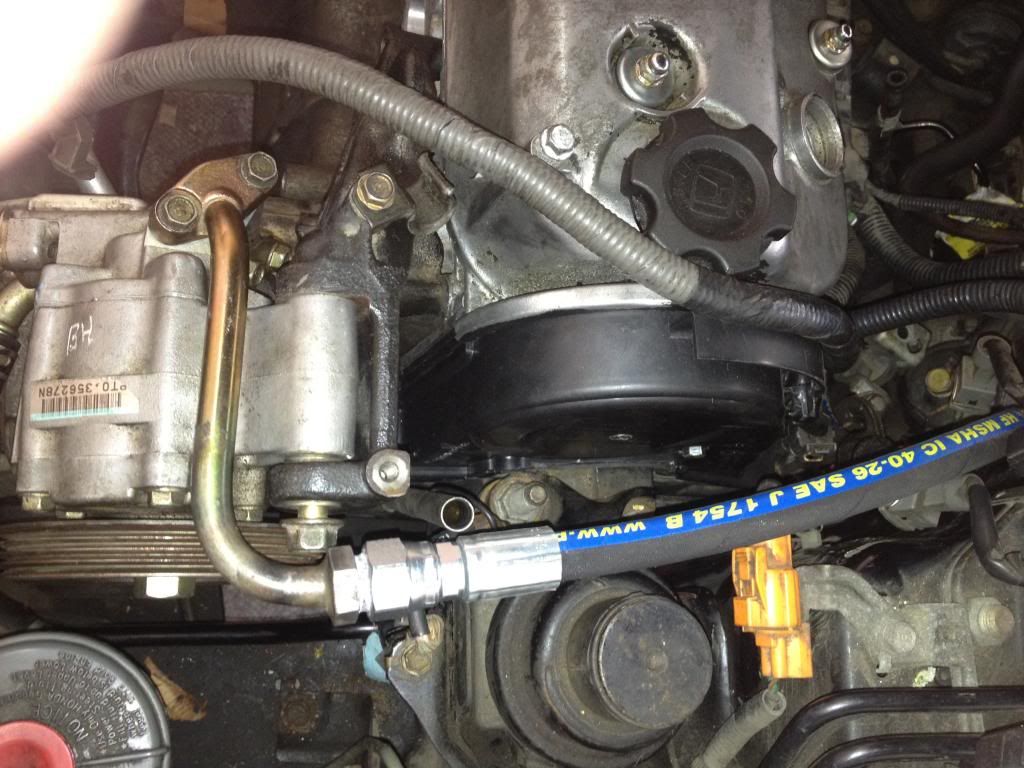
Comment